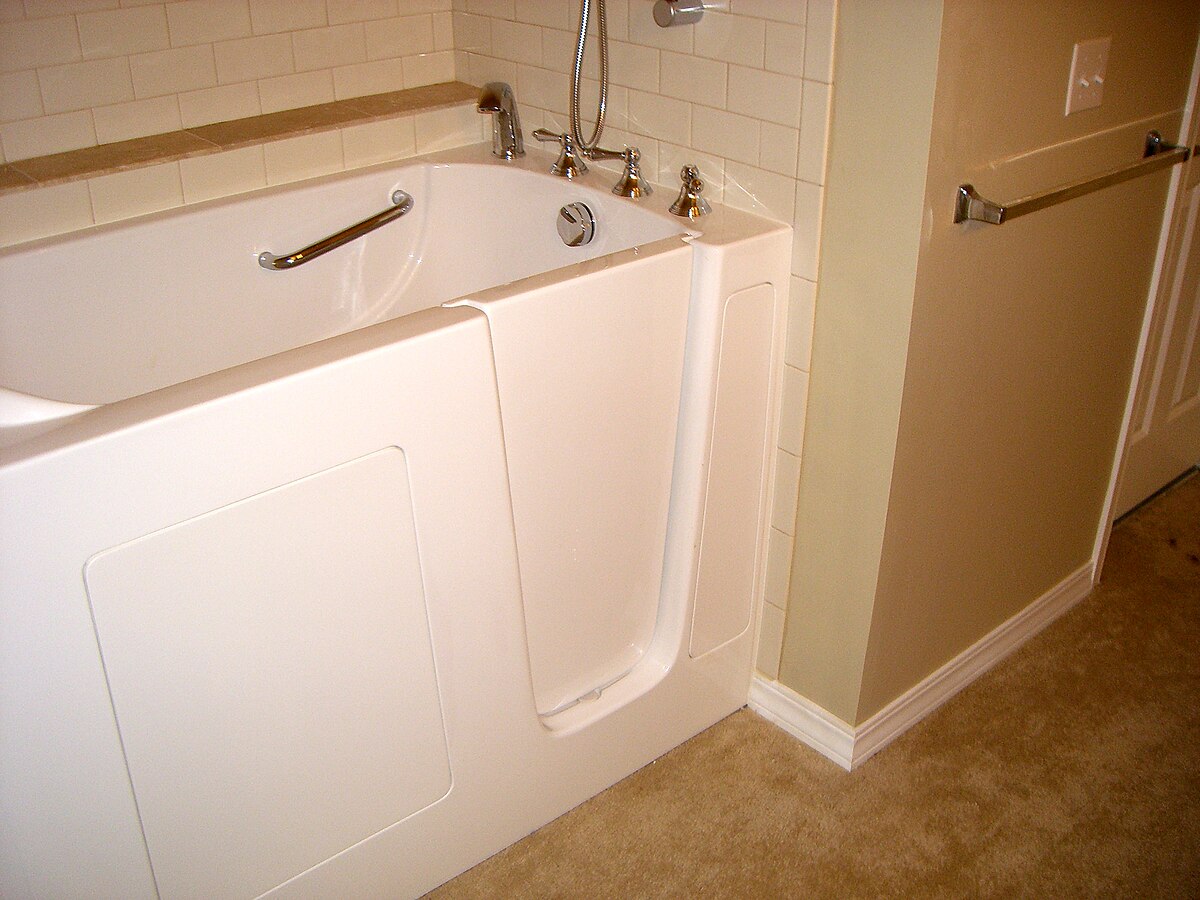How to Choose a Walk-In Shower for Seniors
Selecting the right walk-in shower for seniors is crucial for safety, comfort, and independence. This guide will help you navigate the options, materials, and features to consider when choosing a walk-in shower that meets the unique needs of older adults.
What types of walk-in shower layouts are best for seniors?
When it comes to walk-in shower layouts for seniors, several options cater to different needs and spaces. The most common types include:
-
Barrier-free: These showers have no threshold, making them ideal for wheelchair users or those with mobility issues.
-
Low-threshold: With a small lip (usually less than 2 inches), these showers offer a balance between accessibility and water containment.
-
Corner showers: Perfect for smaller bathrooms, these space-saving designs can be equipped with safety features.
-
Tub-to-shower conversions: This option replaces an existing bathtub with a walk-in shower, often maintaining the same footprint.
-
Walk-through showers: These open-concept designs eliminate the need for a door, providing easy access and a spacious feel.
Each layout has its advantages, and the best choice depends on the senior’s specific needs and the bathroom’s size and configuration.
Which materials are recommended for senior-friendly shower walls and floors?
Choosing the right materials for shower walls and floors is crucial for both safety and maintenance. Here are some popular options:
- Walls:
- Acrylic: Durable, easy to clean, and available in various colors and patterns.
- Tile: Offers a wide range of design options but requires more maintenance.
- Solid surface: Non-porous, seamless, and resistant to mold and mildew.
- Fiberglass: Lightweight and affordable, but may not be as durable as other options.
- Floors:
- Textured acrylic: Provides excellent slip resistance and easy maintenance.
- Non-slip tile: Specially designed tiles with a high coefficient of friction.
- Pebble floors: Offer natural slip resistance and a spa-like feel.
- Rubber flooring: Soft, slip-resistant, and comfortable underfoot.
When selecting materials, prioritize slip resistance, ease of cleaning, and durability to ensure long-term safety and satisfaction.
What safety features should be included in a senior-friendly walk-in shower?
Safety is paramount when designing a walk-in shower for seniors. Essential features to consider include:
-
Grab bars: Install sturdy grab bars at various heights and locations for support.
-
Non-slip flooring: Ensure the shower floor has a textured, slip-resistant surface.
-
Handheld showerhead: A detachable showerhead with an adjustable height makes bathing easier and more comfortable.
-
Shower seat: A built-in or fold-down seat provides a place to rest and enhances safety during bathing.
-
Adequate lighting: Bright, even lighting reduces the risk of accidents and improves visibility.
-
Thermostatic mixer valve: This prevents sudden temperature changes that could cause burns or shocks.
-
Easy-to-reach controls: Place shower controls within easy reach from both standing and seated positions.
-
Wide entrance: Ensure the shower entrance is at least 36 inches wide to accommodate wheelchairs or walkers.
How can you ensure proper drainage in a walk-in shower for seniors?
Proper drainage is essential to prevent water accumulation and reduce slip hazards. Consider these drainage solutions:
-
Linear drains: These long, narrow drains allow for a single-slope floor, enhancing accessibility and reducing tripping risks.
-
Center drains: Traditional center drains work well but require proper floor sloping from all directions.
-
Multiple drains: Installing more than one drain can improve water evacuation in larger showers.
-
Sloped flooring: Ensure the floor has a slight slope (about 1/4 inch per foot) towards the drain for effective water removal.
-
Threshold design: For low-threshold showers, incorporate a small lip or use a collapsible water dam to contain water while maintaining accessibility.
What additional features can enhance comfort and accessibility for seniors?
Beyond safety features, several additions can improve the overall shower experience for seniors:
-
Adjustable shower head: Allows for customized water flow and direction.
-
Built-in storage: Easily accessible niches or shelves for toiletries reduce bending and reaching.
-
Anti-scald devices: Prevent sudden temperature changes that could cause discomfort or injury.
-
Shower curtain or glass door: Choose based on personal preference and ease of use.
-
Adequate ventilation: Proper airflow reduces humidity and prevents mold growth.
-
Color contrast: Use contrasting colors between walls, floors, and fixtures to aid visibility.
-
Voice-activated controls: Smart shower systems can offer hands-free operation.
-
Heated floors: Provide comfort and help dry the shower area more quickly.
How much does a walk-in shower for seniors typically cost?
The cost of a walk-in shower for seniors can vary widely depending on the size, materials, features, and installation requirements. Here’s a general overview of potential costs:
| Type of Installation | Basic Cost Range | Premium Cost Range |
|---|---|---|
| Prefab Kit Installation | $1,500 - $3,000 | $3,000 - $6,000 |
| Custom Tiled Shower | $4,000 - $8,000 | $8,000 - $15,000+ |
| Tub-to-Shower Conversion | $3,000 - $5,000 | $5,000 - $10,000 |
| Full Bathroom Remodel | $10,000 - $20,000 | $20,000 - $50,000+ |
Prices, rates, or cost estimates mentioned in this article are based on the latest available information but may change over time. Independent research is advised before making financial decisions.
Factors that can influence the cost include: - Size of the shower - Quality of materials used - Complexity of installation (e.g., moving plumbing, electrical work) - Additional features (e.g., built-in seating, specialized lighting) - Labor costs in your area
It’s important to get multiple quotes from reputable contractors and consider the long-term value of investing in a safe, accessible shower that can support aging in place.
Choosing the right walk-in shower for seniors involves careful consideration of layout, materials, safety features, and budget. By prioritizing accessibility, safety, and comfort, you can create a shower space that enhances independence and quality of life for older adults. Remember to consult with healthcare professionals and experienced contractors to ensure the chosen design meets the specific needs of the senior user.
The shared information of this article is up-to-date as of the publishing date. For more up-to-date information, please conduct your own research.







